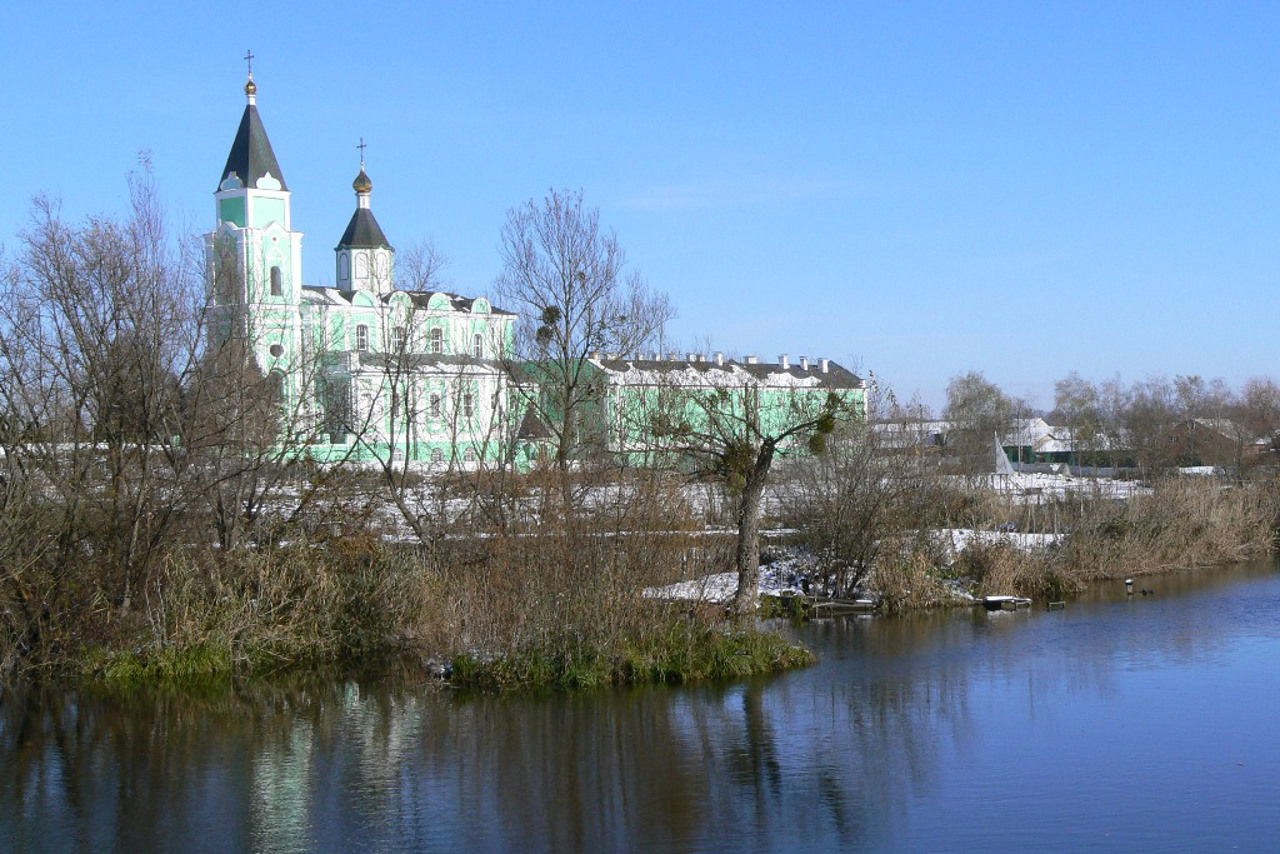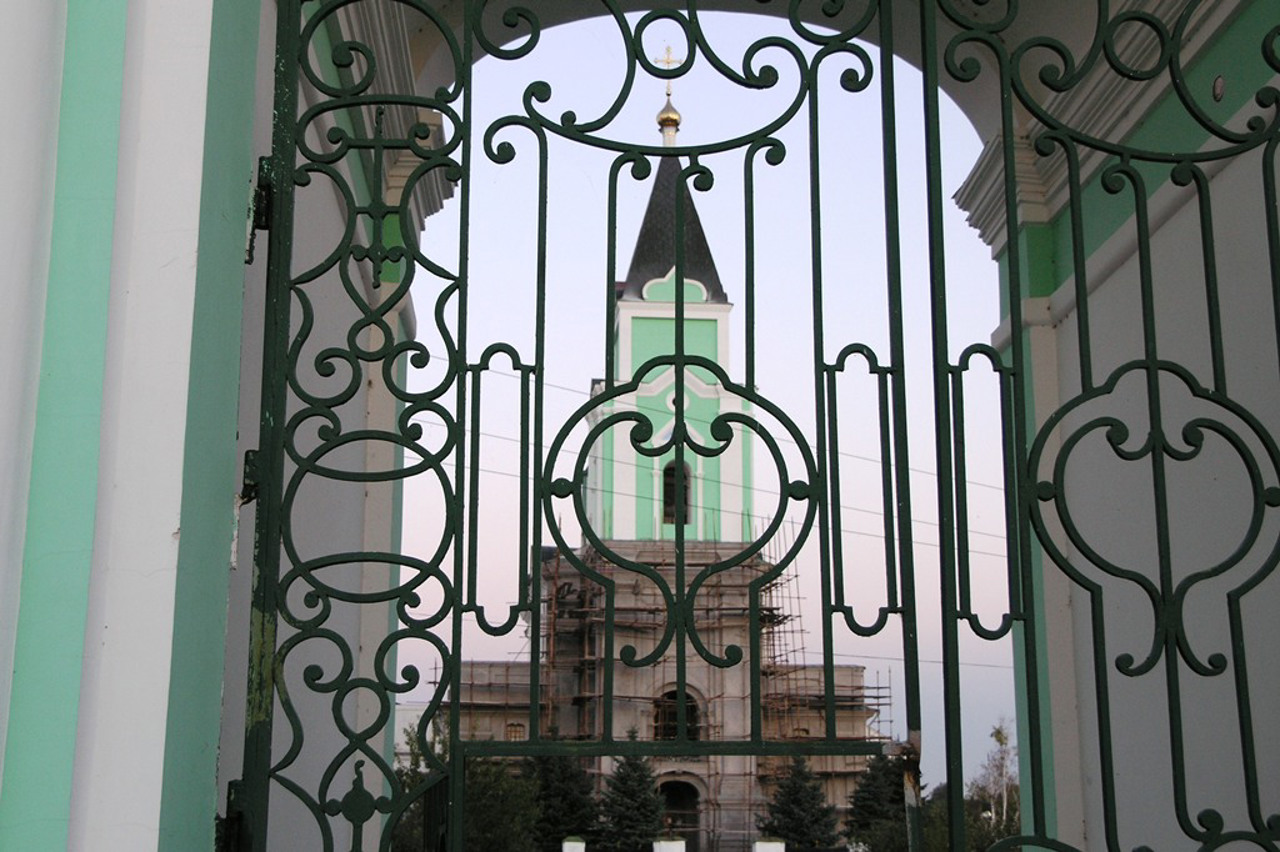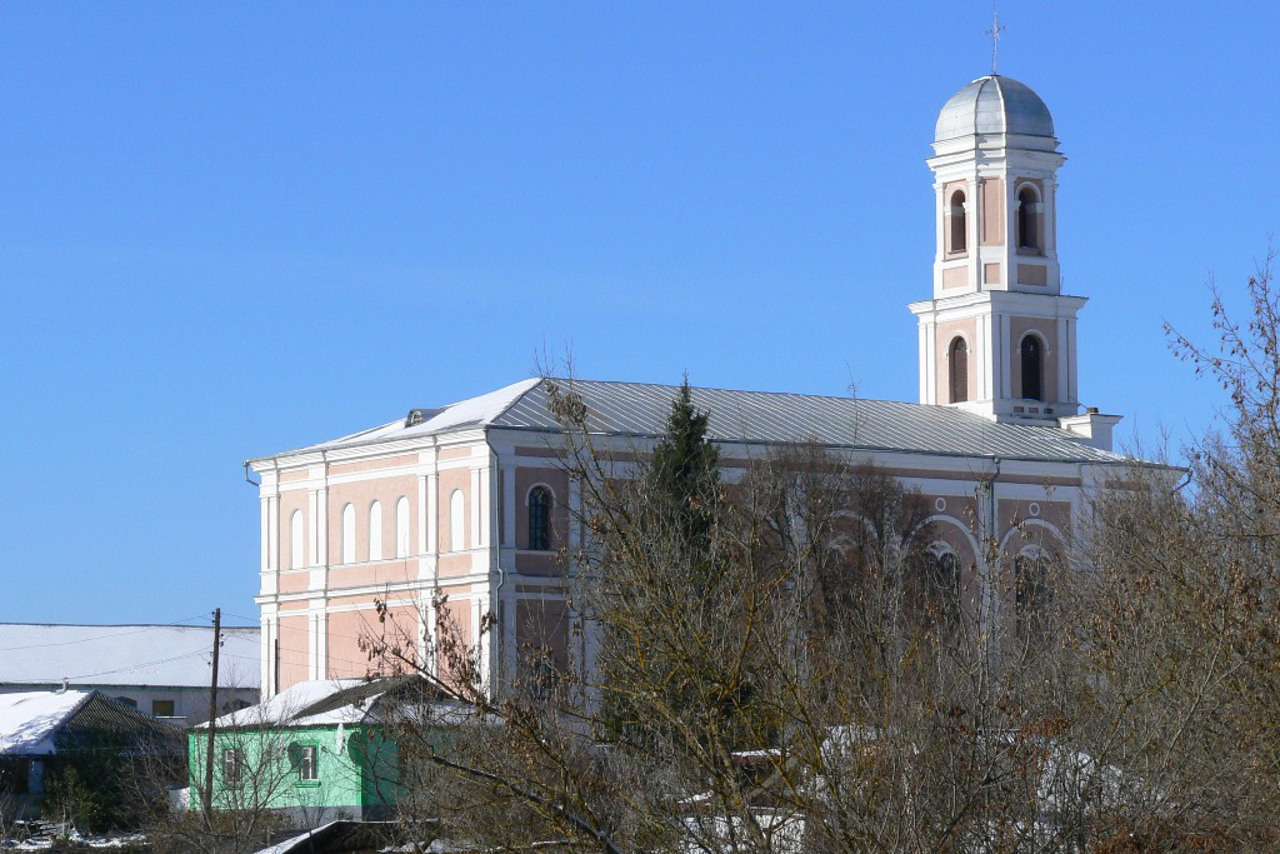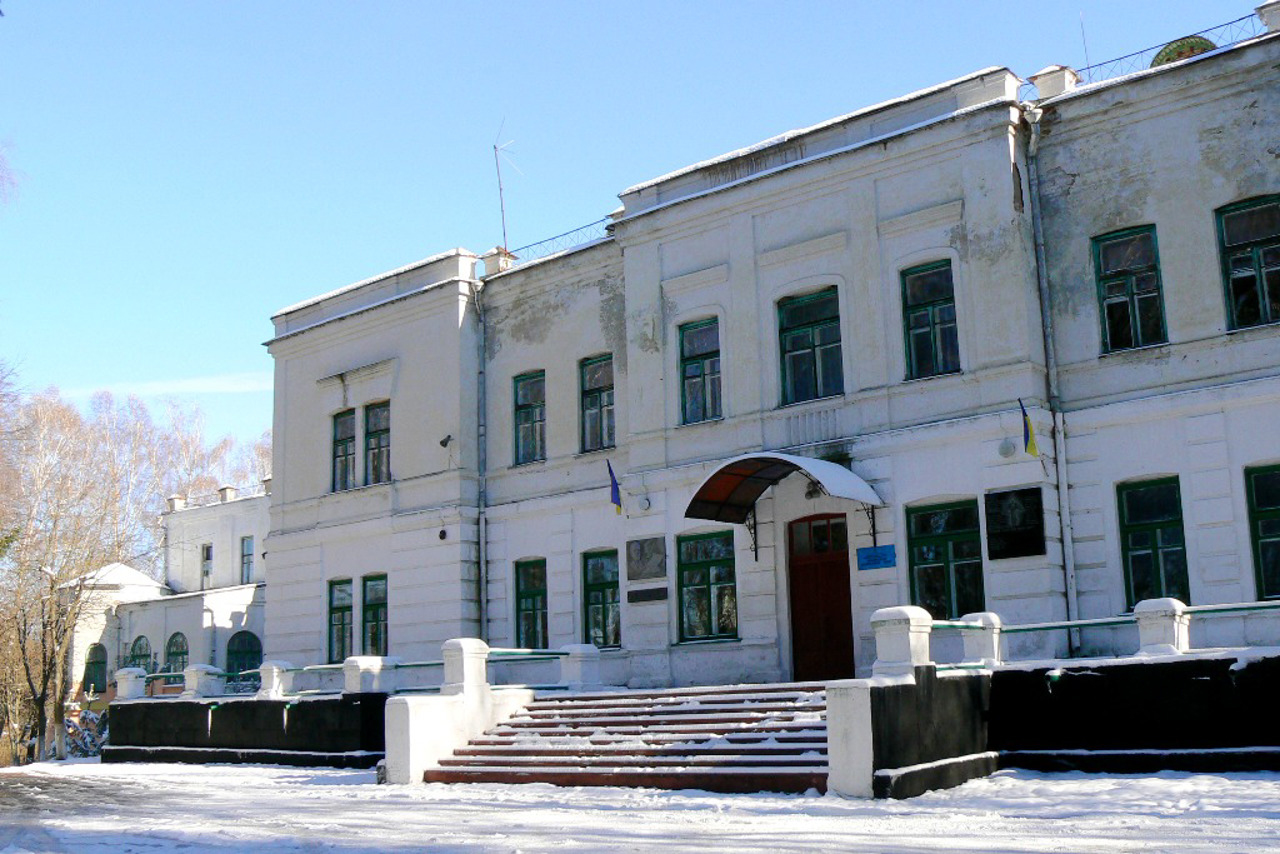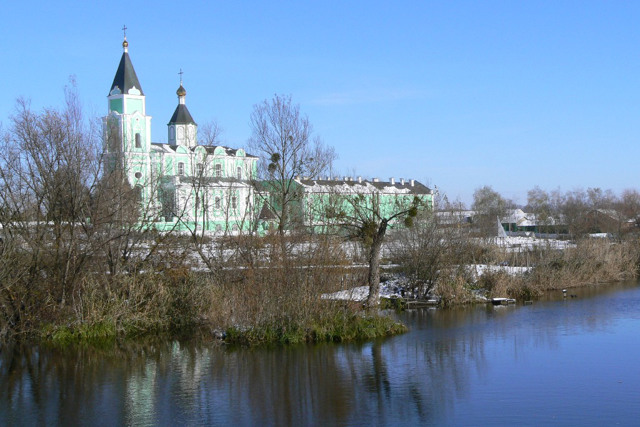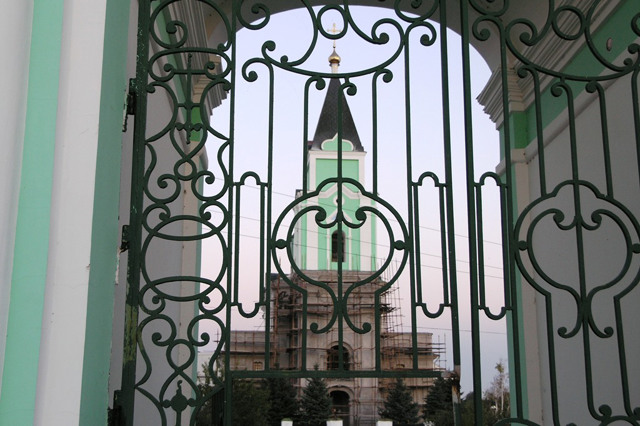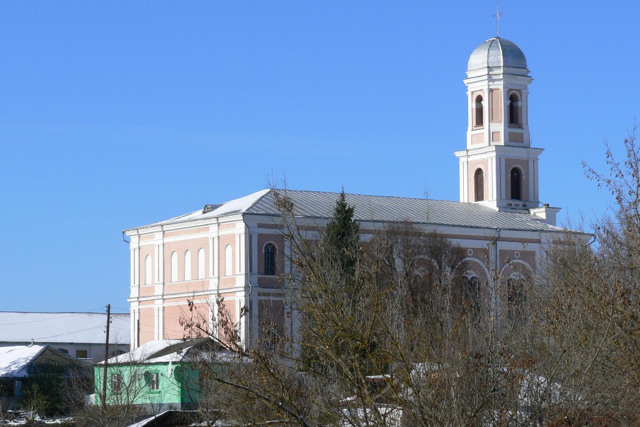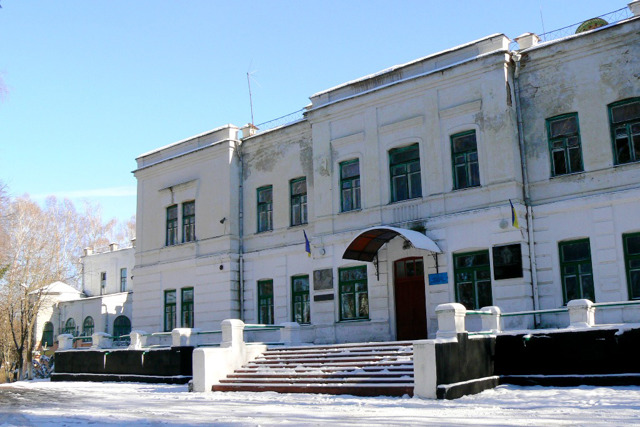Functional temporarily unavailable
General information about Brailiv
The town Brailiv is located in a hilly area near the confluence of the Braha and Riv rivers, 10 kilometers northeast of the city of Zhmerynka. Administratively, it is part of the Zhmerynka hromada of the Zhmerynka district of the Vinnytsia region.
The original name of Brahyriv comes from one of the local rivers. It was first mentioned in the 15th century.
In the 16th century, Brailiv belonged to the Ruthenian (ancient Ukrainian) family of Bokii-Pechykhvostsky, and had city fortifications. There are references to the Brailiv Castle. During the time of Bohdan Khme ...
The town Brailiv is located in a hilly area near the confluence of the Braha and Riv rivers, 10 kilometers northeast of the city of Zhmerynka. Administratively, it is part of the Zhmerynka hromada of the Zhmerynka district of the Vinnytsia region.
The original name of Brahyriv comes from one of the local rivers. It was first mentioned in the 15th century.
In the 16th century, Brailiv belonged to the Ruthenian (ancient Ukrainian) family of Bokii-Pechykhvostsky, and had city fortifications. There are references to the Brailiv Castle. During the time of Bohdan Khmelnytsky, it was a hundred-person town.
In 1740, Franciszek Salezy Potocki began construction of a church and a Trinitarian monastery in the Baroque style. Stanisław Szczęsny Potocki completed the construction in 1783. In 1845, the monastery was converted to Orthodox and became known as the Trinity. The parish church of the Holy Trinity (1879) has also been preserved, which resembles a town hall in architecture.
In the 19th century, the Brailiv estate passed to Felician Jukowski, then to the entrepreneur Karl Otto von Meck. His wife Nadia von Meck was a passionate admirer of the talent of the composer Pyotr Tchaikovsky. They corresponded for 13 years, the composer visited and worked for Brailiv several times, but by mutual agreement they never met in person. On the outskirts above the Rive River rises the Tchaikovsky Rock, which often inspired the composer. The French composer Claude Debussy also visited Brailiv.
Велике селище Браїлів розташоване в горбистій місцевості біля злиття річок Брага і Рiв за 10 кілометрів на північний схід від міста Жмеринка. Адміністративно входить до складу Жмеринської громади Жмеринського району Вінницької області.
Первісна назва Брагирів походить від однієї з тутешніх річок. Вперше воно згадується у XV столітті.
У XVI столітті Браїлів належав руському (давньоукраїнському) роду Бокіїв-Печихвостів, мав міські укріплення. Є згадки про Браїлівський замок. За часів Богдана Хмельницького це було сотенне містечко.
У 1740 році Франциск Салезі ...
Велике селище Браїлів розташоване в горбистій місцевості біля злиття річок Брага і Рiв за 10 кілометрів на північний схід від міста Жмеринка. Адміністративно входить до складу Жмеринської громади Жмеринського району Вінницької області.
Первісна назва Брагирів походить від однієї з тутешніх річок. Вперше воно згадується у XV столітті.
У XVI столітті Браїлів належав руському (давньоукраїнському) роду Бокіїв-Печихвостів, мав міські укріплення. Є згадки про Браїлівський замок. За часів Богдана Хмельницького це було сотенне містечко.
У 1740 році Франциск Салезій Потоцький розпочав будівництво костелу та монастиря тринітаріїв у стилі бароко. Завершив будівництво 1783 року Станіслав Щенсний Потоцький. У 1845 році монастир був перетворений на православний і став називатися Троїцьким. Також зберігся парафіяльний костел Пресвятої Трійці (1879 рік), що по архітектурі нагадує ратушу.
У XIX столітті Браїлівський маєток перейшов до Феліціана Юковського, потім до підприємця Карла фон Мекка. Його дружина Надія фон Мекк була пристрасною шанувальницею таланту композитора Петра Чайковського. Вони переписувалися протягом 13 років, композитор кілька разів гостював та працював Браїлові, проте за взаємною домовленістю вони жодного разу не зустрічалися особисто. На околиці над річкою Рів здіймається скеля Чайковського, яка часто надихала композитора. Також у Браїлові бував французький композитор Клод Дебюссі.
Сплануй своє перебування у Brailiv
What to see and where to go in Brailiv
Tourist attractions and museums of Brailiv

Fon Mekk Palace (Chaykovsky Museum)
Palace / manor
The palace and park complex in Brailiv on the banks of the Riv River was built in 1868 by the wealthy railway magnate Karl fon Mekk , who bought the Brailiv estate from Felitsian Yukovsky.
The two-story palace in the style of classicism is located in the middle of a picturesque park with ponds and bridges, which was arranged by the owner's wife, Nadiya fon Mekk.
The estate entered history thanks to its friendship with the composer Petro Chaykovsky. Their acquaintance was in absentia - for many years, by mutual agreement, they communicated only by correspondence. 5 times from 1778 to 1780, Chaykovsky visited the fon Mekk estate in the absence of his mistress. Here he wrote the opera "The Maid of Orleans" and several romances.
The palace was restored after the Second World War. Currently, the building houses the Brailiv Vocational Lyceum.
In the left wing there is a museum of Petro Chaykovsky and Nadiya fon Mekk. Visitors are introduced to the history of their relationship and the work of the composer. All exhibits (furniture, musical instruments, writing utensils) were given to the museum by the descendants of fon Mekk.
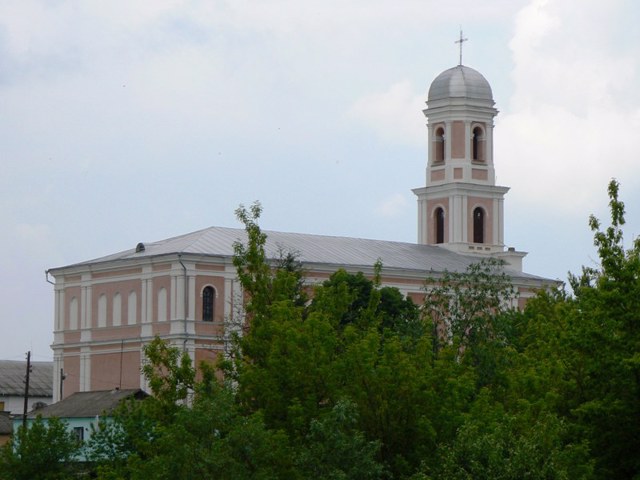
Holy Trinity Church
Temple , Architecture
The Church of the Holy Trinity is the tallest building in Brailiv.
It was built on the site of a wooden and earthen castle in the 15th-17th centuries after the old Catholic church of the Trinitarian order was handed over to the Orthodox in 1832.
The Empire-style building has an unusual appearance for a church due to the very high bell tower, which makes it look less like a temple and more like a town hall with a tower.
In Soviet times, the building was converted into a workshop of a juice factory, on the territory of which it is still located. In 1990, the church was handed over to the Orthodox community of the Moscow Patriarchate.
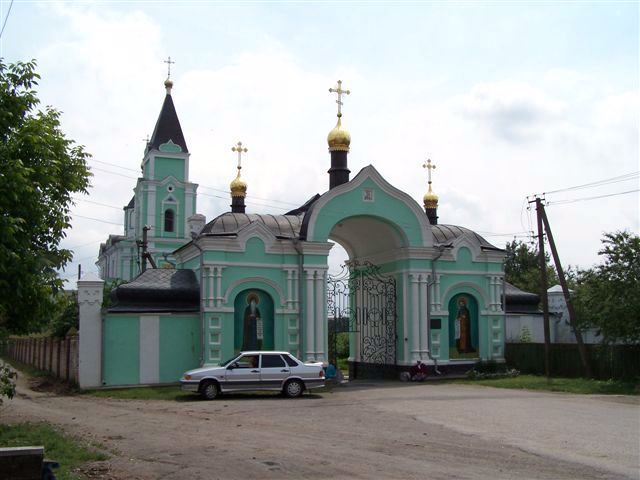
Holy Trinity Monastery
Temple , Architecture
The Holy Trinity Brailiv Monastery, founded in 1635 in Vinnytsia on the initiative of the magnate Mykhaylo Kropyvnytskyi, has occupied the complex of the former Catholic monastery since the middle of the 19th century.
In 1740, Voivode of Volyn Frantsishek Potocki founded it as a monastery of the Catholic Trinitarian order. The monks of this order, exotic for Ukraine, specialized in the redemption of Christians from Turkish captivity. The first monastery buildings were wooden. The construction of the current architectural ensemble was completed in 1778 by the Podillya magnate Stanislav Potocki. The monastery consisted of a church with a tall baroque tower and cells attached on both sides. In 1787, the Polish king Stanislav Avhust specially visited Brailiv to admire the monastery's paintings by the artist John Prachtel (buried on the territory), which are now partially restored.
After the Polish uprising of 1831, the Trinitarian monastery was closed, and in 1845 the Trinity Convent from Vinnytsia was transferred to it. During the reconstruction, in order to give the church an Orthodox appearance, a tented finish was added to the tower, a small figure of eight was erected over the gable roof, and a gate in the Moscow Baroque style was built in front of the entrance.
The main shrine is the icons of the Brailiv-Pochaiv Mother of God and the Brailiv-Chenstokhova Mother of God.
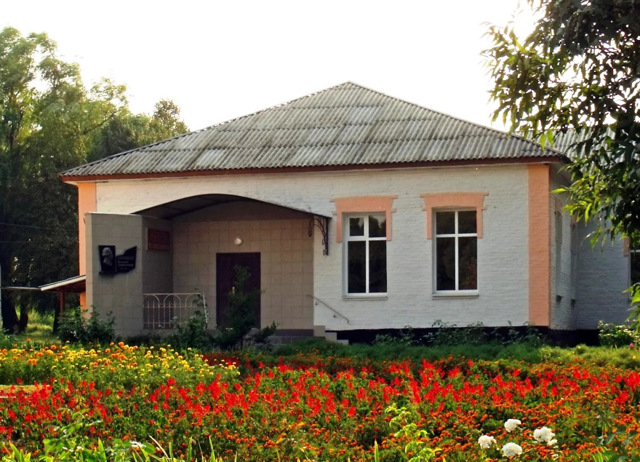
Volodymyr Zabashtansky Literary and Memorial Museum
Museum / gallery
The Literary and Memorial Museum of the Ukrainian poet and translator Volodymyr Zabashtansky was opened in 2008 in his native village of Brailiv. The exposition is located in one of the buildings of the Brailiv Lyceum, which bears the poet's name.
Volodymyr Zabashtansky was born in Brailiv on October 5, 1940, graduated from seven grades of school there. It was during his school years that he wrote his first poems. In 1986, he received the Taras Shevchenko State Prize for his collection of poems "The Scent of the Distance".
The museum's exposition presents personal belongings of Volodymyr Zabashtansky, photographs, manuscripts, first editions of his works.
A monument to the writer is installed in the schoolyard, and a memorial plaque with a bas-relief is on the facade of the museum. There is also a park named after Volodymyr Zabashtansky in Brailiv.
Every year the museum holds a poetic festival "Brailiv Autumn of Volodymyr Zabashtansky", which traditionally gathers hundreds of admirers of the people's poet.
Brailiv on photo and video
Reviews Brailiv
Geographical information about Brailiv
| {{itemKey}} | {{itemValue}} |
|---|---|
| Region |
Vinnytsia |
